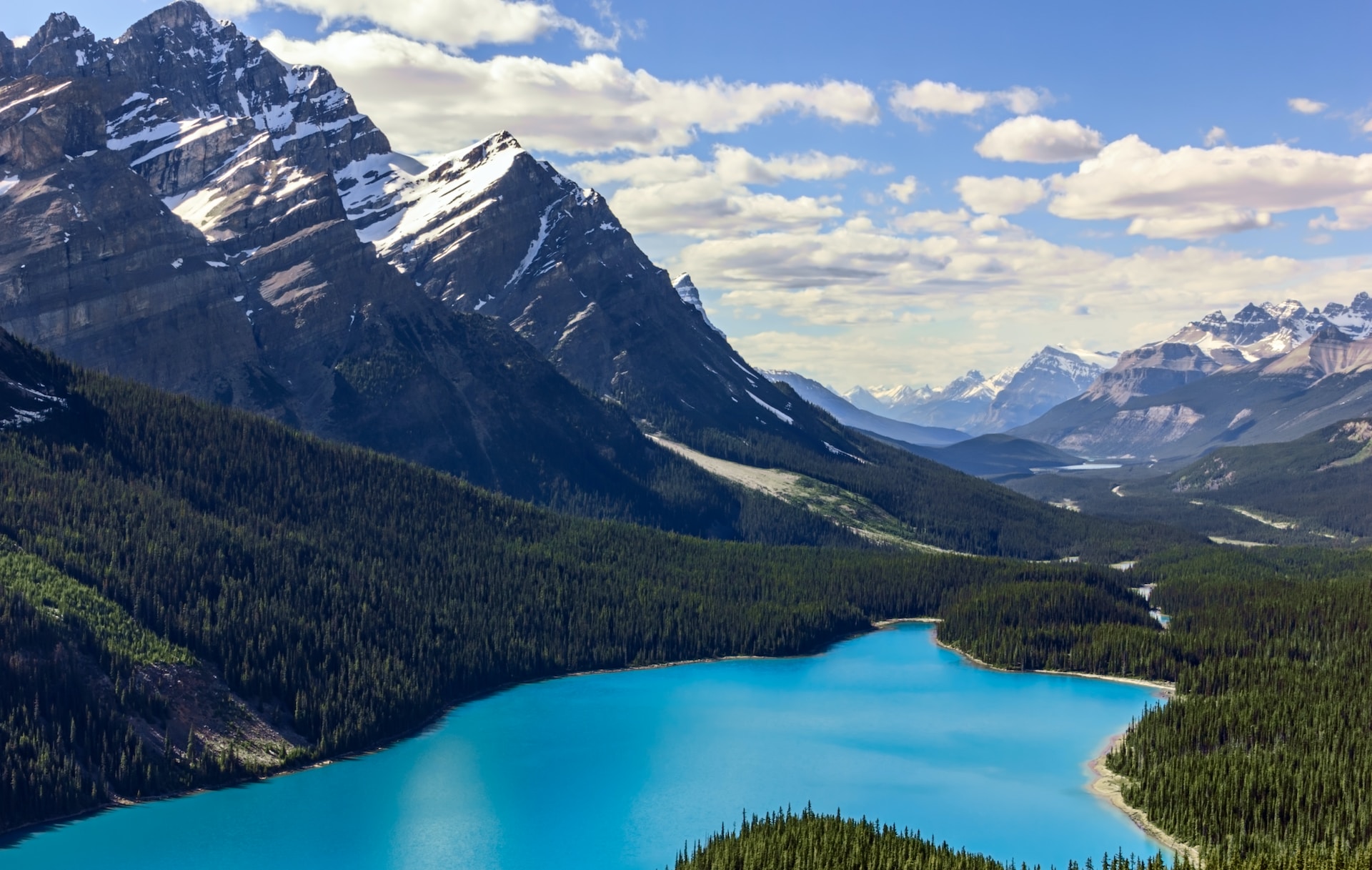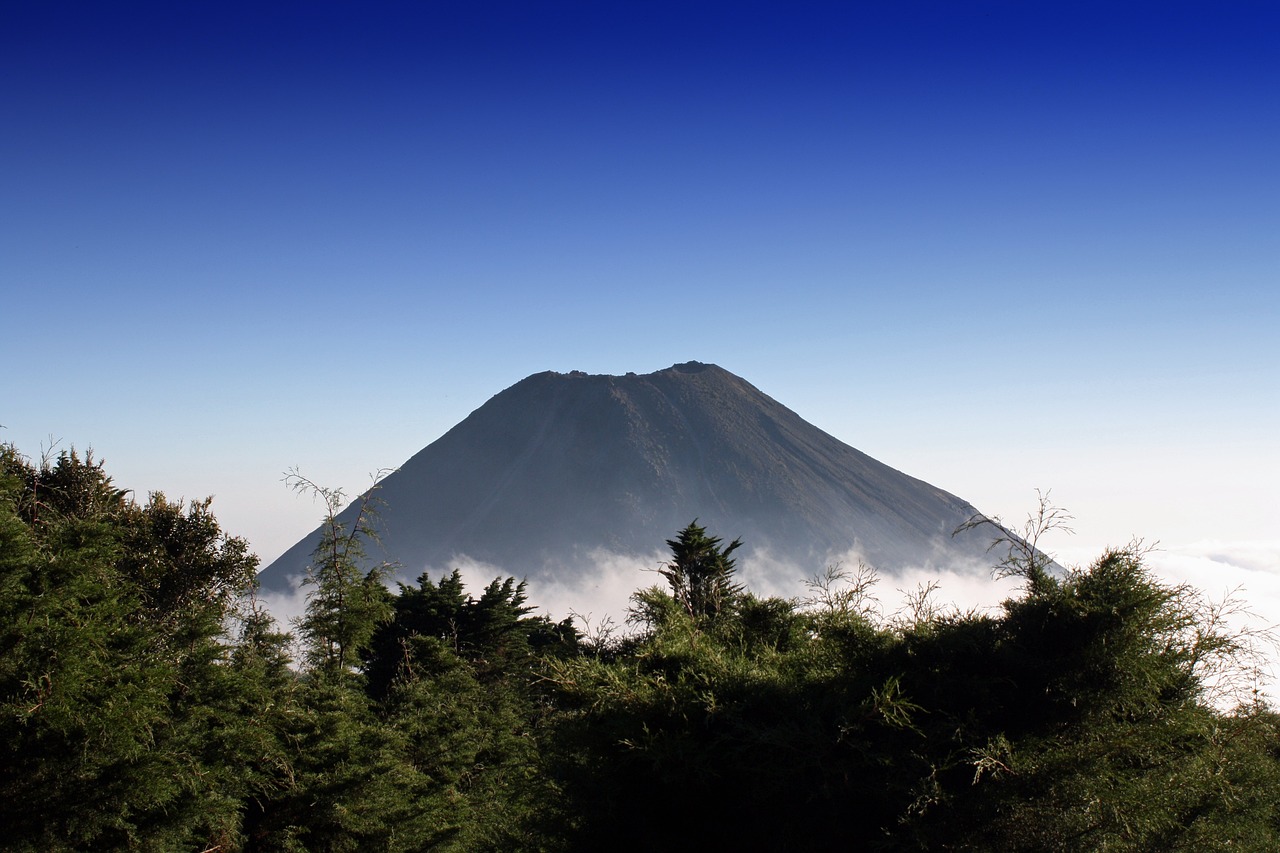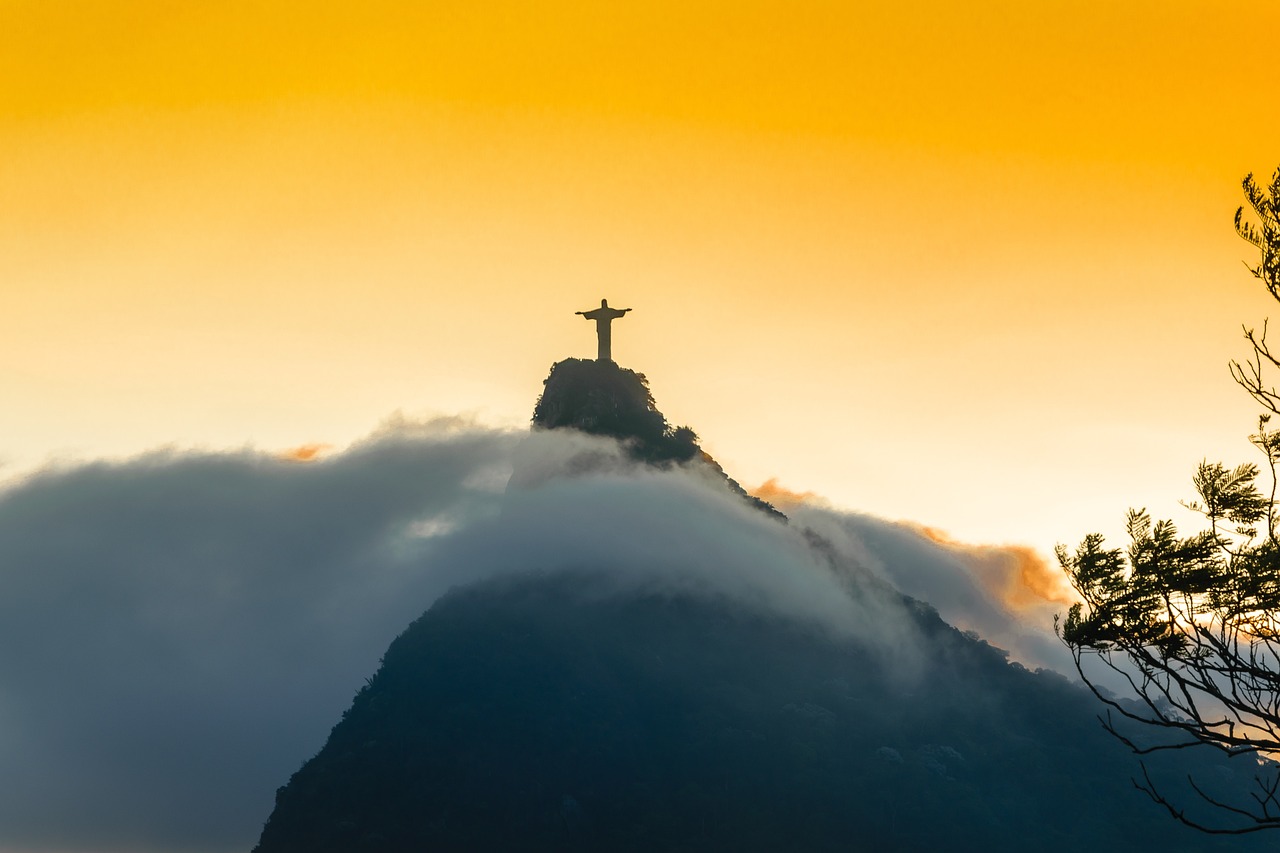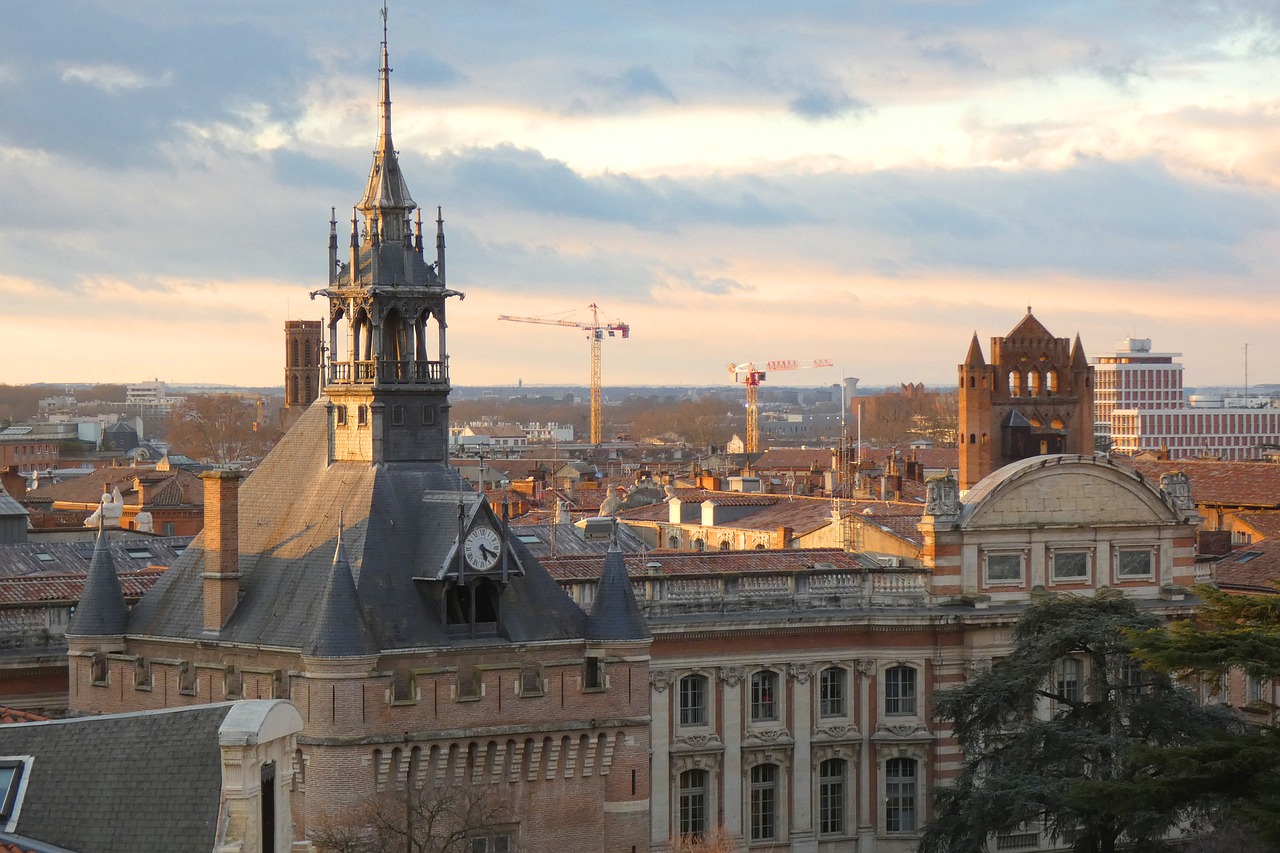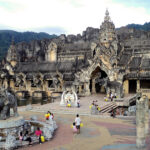Banff National Park, one of the treasured wonders of Canada, stands as the pinnacle of nature’s grandeur in the heart of the Rocky Mountains. The park, spanning over 6,641 square kilometers of vast wilderness, serves as a sanctuary for countless species of wildlife and plant life. It’s a land etched with geological marvels, verdant forests, turquoise glacial lakes, and towering mountains. Every turn in Banff offers an awe-inspiring vista, challenging even the most seasoned explorers with its scenic bounty.
Established in 1885, Banff National Park is Canada’s oldest national park, a product of the country’s longstanding commitment to environmental preservation. It’s a part of the Canadian Rocky Mountain Parks UNESCO World Heritage site, a testament to its natural and cultural significance.
The park’s geology is a story of time and elements. The core of Banff National Park consists of the ancient rocks of the Western Cordillera, some over 120 million years old. The majestic mountains, carved by glaciers and weather, stand as monumental evidence of earth’s geological processes.
Among the park’s geological gems are the limestone cave systems at Cave and Basin National Historic Site, the birthplace of Canada’s national park system. The thermal mineral springs discovered here in 1883 by three railway workers had a profound impact, driving legislation for the park’s creation to protect the area for public use. Today, visitors can explore the site’s interactive exhibits and gain a deeper understanding of its history.
Banff National Park’s biodiversity is breathtaking. The park’s varying elevation ranges from 1,300m to 3,747m, fostering different life zones, including montane, subalpine, and alpine environments. Each zone features its unique fauna and flora, making Banff a haven for nature enthusiasts. Grizzly and black bears, elk, moose, and mountain goats are just a few of the many animal species that find sanctuary here.
Among the plant species, the striking subalpine wildflowers, like the Alberta’s provincial flower, the wild rose, and the columbine, paint the landscape with vivid colors during the summer months. Meanwhile, the alpine regions showcase cushion plants and dwarfed shrubs, uniquely adapted to survive the harsh, windy, and cold conditions.
Water is a defining feature of the park. Banff National Park is a watershed for several major river systems, and its lakes are some of the most photographed globally. The famous Lake Louise, with its emerald green waters and the picturesque Fairmont Chateau on its shores, leaves an indelible impression on all who visit. Moraine Lake, set in the Valley of the Ten Peaks, is equally magnificent, its blue-green waters changing hues throughout the day, reflecting the surrounding landscape.
However, Banff isn’t just about natural wonders; it’s also about adventure. The park offers an array of outdoor activities that cater to all levels of fitness and interest. Hiking trails are aplenty, with over 1,600 kilometers of maintained trails. For the intrepid, there’s the challenge of mountaineering, rock climbing, or backcountry skiing. For those seeking leisure, there’s canoeing, horseback riding, or bird-watching.
Banff is a year-round destination. While summer brings hikers and canoeists to enjoy the warm weather and stunning vistas, winter is a haven for skiers and snowboarders. Banff’s three major ski resorts – Mount Norquay, Sunshine Village, and Lake Louise Mountain Resort – provide world-class slopes with unrivaled views.
The human history of Banff National Park is as compelling as its natural beauty. The area has been home to Indigenous Peoples for over 10,000 years. The Stoney Nakoda, Tsuut’ina, Ktunaxa, and Blackfoot tribes had spiritual, hunting, and trading connections to these lands. Petroglyphs and pictographs found in the park provide a glimpse into their rich cultural heritage. Today, the park works closely with these Indigenous communities to preserve and celebrate their historic and ongoing connections with the landscape.
The town of Banff, located within the park, serves as the central hub for visitors. The town’s architecture, reminiscent of a Swiss alpine village, seamlessly blends with the surrounding environment. It’s a bustling center offering accommodations, restaurants, and shops, all within a stone’s throw of nature.
Education and conservation are at the heart of Banff National Park’s mission. The park is home to numerous research initiatives, studying everything from grizzly bear behavior to the effects of climate change on the park’s glaciers. The park’s interpretive programs provide engaging ways for visitors to learn about its rich biodiversity, geological wonders, and cultural history.
In conclusion, Banff National Park is more than a mere national park. It’s a testament to nature’s grandeur and resilience, offering vistas of untamed wilderness, diverse ecosystems, and captivating human and geological history. It’s a place where nature and adventure intertwine, offering a sanctuary for wildlife and an endless playground for human exploration and discovery. Whether you’re a hardcore adventurer, a nature lover, a history buff, or a casual tourist, Banff National Park has something for everyone. Its legacy as Canada’s first national park serves as a constant reminder of our responsibility to protect and cherish these natural wonders for generations to come.
